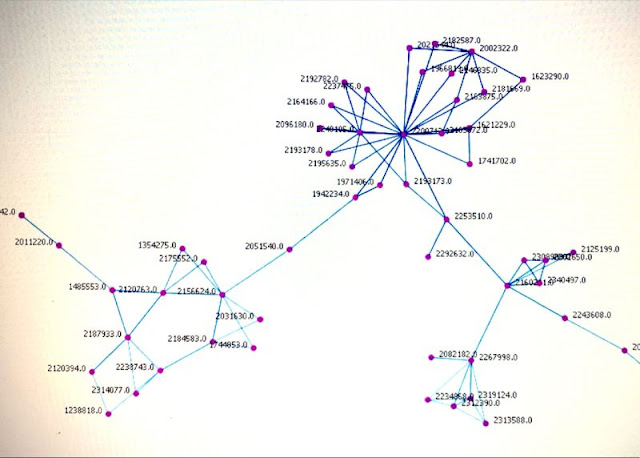Social Network Analysis: Using It On The Inside
I got into Social Network Analysis with the intention to disrupt Chicago street gang crime.
While it certainly helped us lock up bad guys, I soon starting applying the concepts INWARDLY — within police teams!!
It gave me a bit of insight into our internal networks —
We started to see how information flowed within teams & between individual police officers. And I saw chokepoints where information got clogged.
I learned who enjoyed being the bureaucratic Middle Man. (I think it’s a severe personality flaw, but that’s for another discussion!)
It became more apparent who the real influencers were. (No big surprise: It had little to do with rank & title.)
I recognized being an unnecessary pass-through, & am more purposeful in removing myself as such, & connecting people directly with each other.
We sought out communications platforms so teams & groups would be less fractured & more connected.
As Valdis Krebs calls it, it’s about better understanding the networked “wirearchy” within the hierarchy.
I just didn’t expect it to be so applicable internally!
***
Post photo is a redacted/anonymized snip from a now-closed police investigation into a street gang's auto theft activities.
***





Comments
Post a Comment